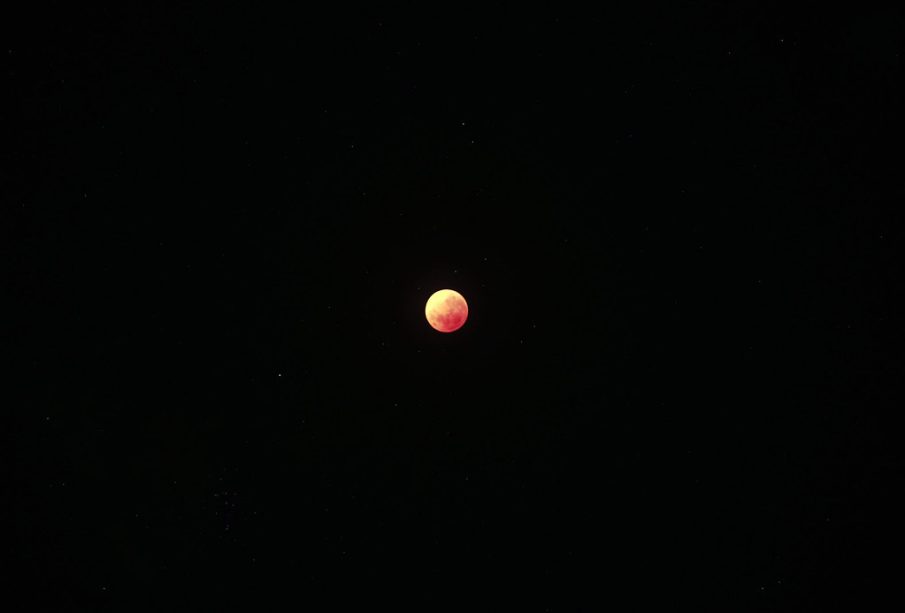The Fascinating Phenomenon of the Blood Moon

Introduction to the Blood Moon
The Blood Moon is a captivating astronomical event that has garnered significant attention in recent years. It is characterized by a total lunar eclipse, during which the Earth passes directly between the sun and the moon. This positioning results in sunlight filtering through the Earth’s atmosphere, casting a red hue on the moon. Such phenomena are not only visually stunning but also hold cultural and scientific significance.
Events Surrounding the Latest Blood Moon
On November 8, 2022, the world witnessed the last Blood Moon visible in many regions. Astronomers and enthusiasts observed a full lunar eclipse, where the moon appeared to glow a deep red for several hours. During this event, people gathered in large groups, equipped with telescopes and cameras, to capture the spectacular sight. According to NASA, this Blood Moon was significant not just for its beauty but also for its occurrence at the culmination of the Beaver Moon, as it traditionally represents the time for trapping beavers before winter.
The Science Behind the Blood Moon
Scientifically, the change in color during a lunar eclipse is due to Rayleigh scattering, the same phenomenon that causes sunsets to appear red. As light passes through the Earth’s atmosphere, shorter blue wavelengths are scattered out and the longer red wavelengths are filtered in. This process is what gives the moon its striking blood-like color during a full eclipse.
Cultural Significance of the Blood Moon
Culturally, the Blood Moon has been a source of fascination across various civilizations throughout history. For the Mayans and Aztecs, lunar eclipses were often viewed as powerful omens. In modern times, the Blood Moon has led to numerous myths and beliefs, ranging from predictions of disasters to spiritual awakenings. This intriguing blend of science, superstition, and artistry continues to captivate people’s imaginations today.
Looking Ahead: Future Blood Moons and their Importance
Looking ahead, another Blood Moon is predicted to occur on March 14, 2025. Astronomers encourage those interested in astronomy to prepare for this celestial event. The visibility of the Blood Moon will depend on weather conditions and geographic location. Star-gazers should keep an eye on forecasts to ensure they can witness this incredible phenomenon. Such events not only provide an opportunity for stargazing but also for people to learn more about the science of our universe.
Conclusion
The Blood Moon remains one of nature’s most stunning displays, drawing in crowds and inspiring awe. As we anticipate the next occurrence, it serves as a reminder of the interconnectedness of culture, science, and the cosmos. So, mark your calendars for March 14, 2025, and prepare to experience the wonder of the Blood Moon once again.






